In the fascinating world of exotic pet ownership, the bonds formed between humans and their unusual animal companions run deep. While we often think about visual recognition as the primary way animals identify their caretakers, exotic pets frequently rely on more nuanced sensory experiences—particularly voice and scent—to recognize and form attachments to their human companions. These non-visual recognition systems can be surprisingly sophisticated, varying dramatically across species from reptiles to birds to exotic mammals. Understanding how your exotic pet perceives and remembers you through voice and scent not only enhances your relationship but also provides crucial insights into creating an environment where these remarkable animals can thrive.
The Science Behind Animal Recognition Systems

Animal recognition capabilities have evolved as sophisticated survival mechanisms across different species. While humans rely heavily on visual identification, many animals—particularly exotic pets—have developed heightened olfactory and auditory recognition systems that far surpass human abilities. These specialized sensory adaptations help animals identify predators, locate food sources, find potential mates, and recognize members of their social groups including human caretakers.
The neurological pathways involved in scent and sound recognition are often more developed in exotic species than visual processing centers, reflecting their evolutionary history in environments where sight might be limited by darkness, dense vegetation, or underwater habitats. Understanding these biological differences helps explain why your exotic pet might recognize your voice before they visually identify you, or why they might seem to “remember” you primarily through your unique scent profile.
Voice Recognition in Avian Exotic Pets
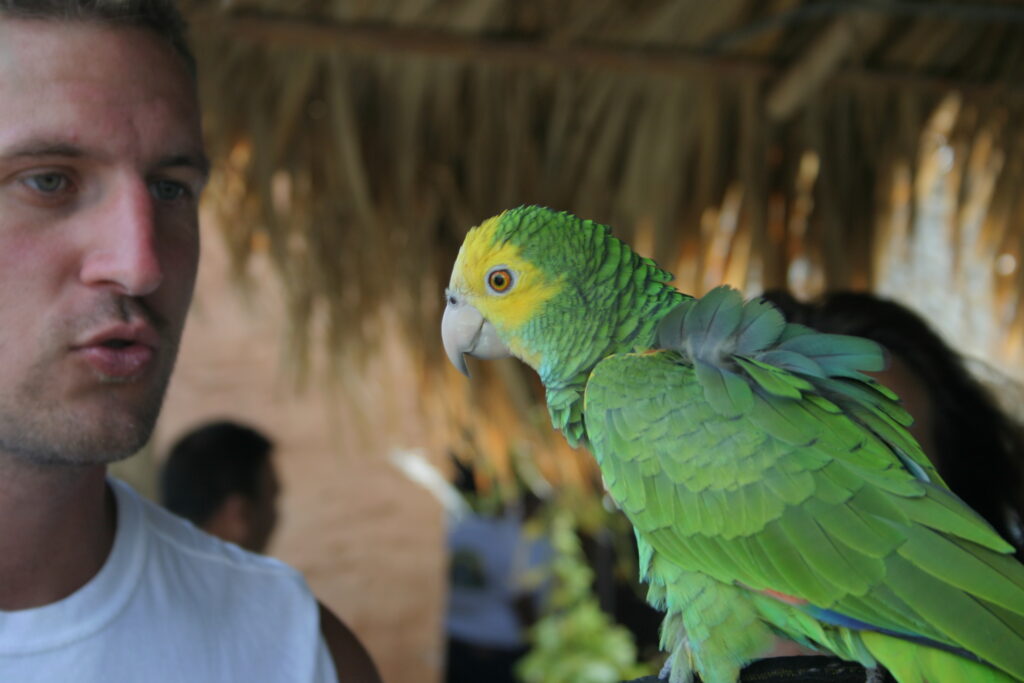
Birds stand out among exotic pets for their remarkable vocal recognition capabilities, which often surpass even those of mammals. Parrots, macaws, and cockatoos can distinguish between different human voices with astonishing accuracy, often recognizing their primary caretaker’s voice even when that person hasn’t been present for months. These birds possess specialized brain regions dedicated to processing complex sounds, allowing them to not only recognize voices but also interpret emotional tones and even mimic human speech patterns.
Research has shown that many parrots form stronger bonds with owners who regularly speak to them in consistent, positive tones, suggesting they process not just the unique vocal fingerprint but also the emotional content of speech. This sophisticated auditory recognition system explains why birds often respond more enthusiastically to their owner’s voice over the phone than to a stranger physically present in the room.
Reptilian Response to Familiar Voices
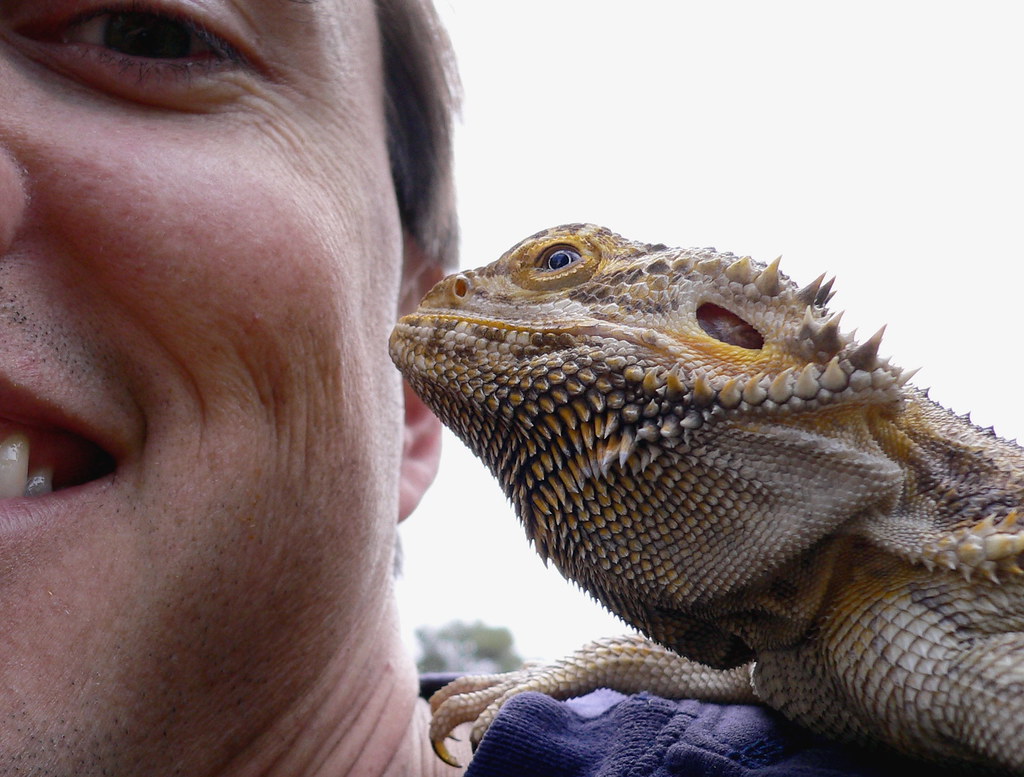
Contrary to popular belief, many reptiles demonstrate meaningful responses to the voices of their regular caretakers, though their recognition systems function differently from mammals and birds. Bearded dragons, tegus, and certain monitor lizards have shown the ability to distinguish between familiar and unfamiliar human voices, often exhibiting reduced stress responses when hearing their owner’s voice compared to strangers. This recognition appears to develop through consistent handling and feeding routines, where the reptile begins to associate particular vocal patterns with positive experiences like food rewards or gentle handling.
While reptiles lack the vocal processing centers found in birds, they process sound through simpler systems that still allow for pattern recognition and association building. Long-term reptile owners often report their pets responding differently to their voice compared to others, approaching the front of enclosures or showing increased activity when their primary caretaker speaks.
The Power of Scent in Mammalian Exotic Pets

Exotic mammals like sugar gliders, fennec foxes, and kinkajous possess olfactory systems that dwarf human capabilities, making scent their primary method of recognizing their caretakers. These animals possess vomeronasal organs—specialized scent detection structures—that can identify individual humans by their unique pheromone and biochemical signatures even days after the person has left the area.
The scent recognition capabilities of these animals allow them to form strong attachments to their primary caretakers through olfactory bonding, often recognizing owners even after they’ve showered or changed clothes. Research with sugar gliders has demonstrated they can distinguish between family members and strangers based solely on scent samples, showing markedly different stress responses depending on the familiarity of the scent. This powerful recognition system explains why wearing strongly scented products or frequently changing personal care items can temporarily confuse or stress certain exotic mammal pets.
How Reptiles Use Scent to Identify Caretakers

Reptiles possess some of the most specialized scent recognition systems among exotic pets, often relying on their Jacobson’s organ (vomeronasal organ) rather than traditional olfaction. This specialized structure allows snakes, lizards, and some turtles to analyze chemical particles by “tasting” the air through tongue flicking, providing detailed scent information about their environment and the humans within it. Many snake owners report their pets demonstrating different tongue-flicking patterns when approaching their regular handlers versus strangers, indicating active scent identification processes at work.
Ball pythons and boa constrictors have shown the ability to distinguish between their regular handlers and new people even when both individuals handle the same objects beforehand, suggesting they recognize complex scent profiles rather than just simple associations. This sophisticated chemical recognition system explains why some reptiles may seem more comfortable and less defensive with their primary caretakers, having learned to associate their specific scent with safety and positive experiences.
Vocal Recognition in Exotic Mammals
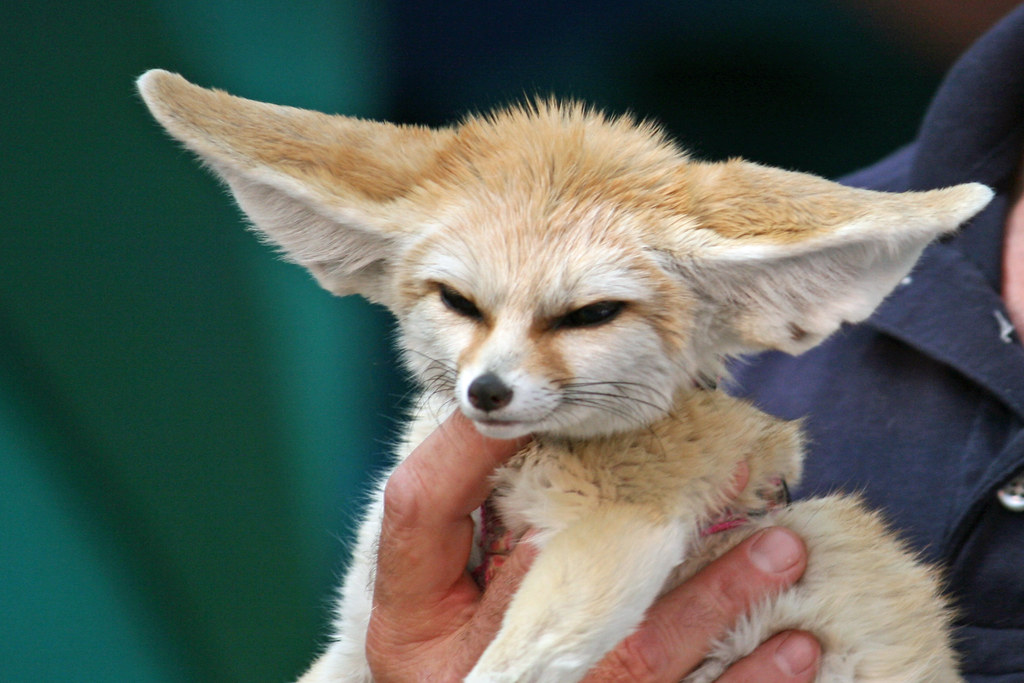
Exotic mammals like fennec foxes, genets, and coatimundis demonstrate remarkable abilities to distinguish between human voices, often responding differently to their caretakers compared to unfamiliar people. These animals possess highly developed auditory processing systems that allow them to identify subtle variations in pitch, tone, and speech patterns unique to individual humans.
Research with captive fennec foxes has shown they can recognize their caretaker’s voice even when played through recordings, displaying relaxed body language and approach behaviors compared to recordings of strangers. This vocal recognition develops through consistent positive interactions, with the animals forming neural associations between specific human voices and experiences like feeding, play, and comfort. For many exotic mammal owners, speaking in a consistent tone and using specific phrases or sounds can strengthen these recognition patterns, helping to build trust and reduce stress during handling or veterinary procedures.
Building Recognition Through Scent-Based Bonding
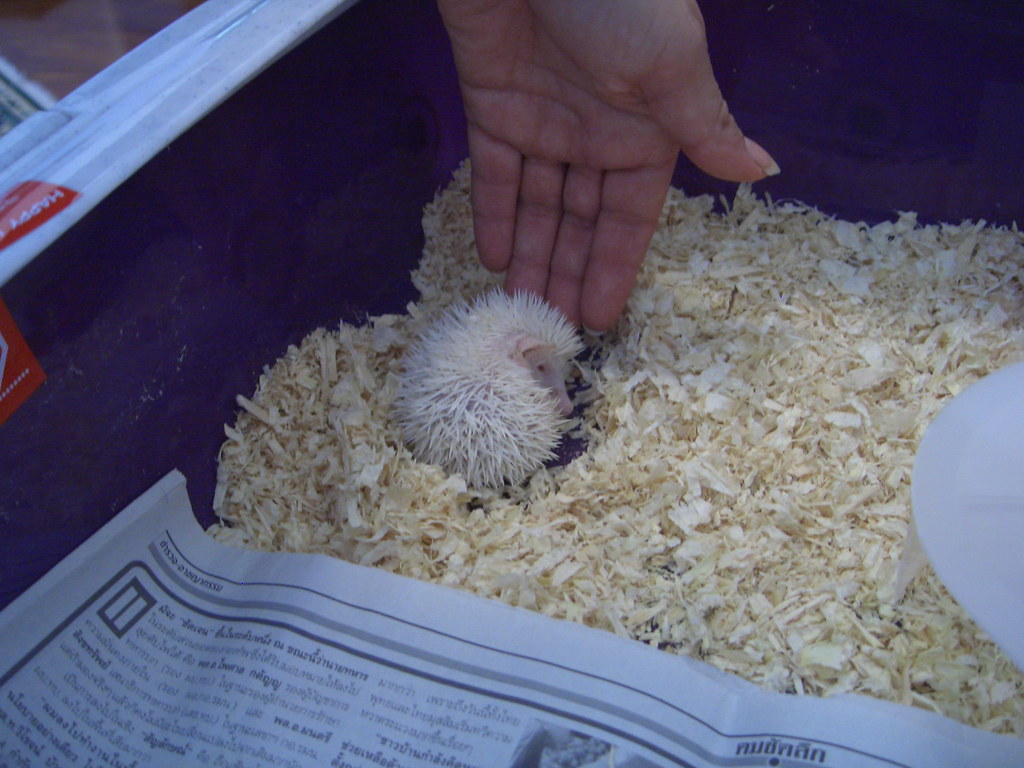
Developing strong recognition bonds with scent-oriented exotic pets requires intentional practices that leverage their natural olfactory capabilities. Experienced exotic pet owners often use “scent-transfer” techniques like temporarily placing a worn (but clean) t-shirt in an animal’s enclosure, allowing them to become familiar with their caretaker’s scent in a low-stress environment. This practice is particularly effective with nocturnal species like sugar gliders, hedgehogs, and certain reptiles who may initially be stressed by direct handling but can acclimate to their owner’s scent during their active periods.
For highly sensitive species, maintaining consistency in personal hygiene products helps prevent confusion, as dramatic changes in soap, laundry detergent, or perfumes can temporarily disrupt recognition patterns. Some rehabilitators and breeders even deliberately create positive associations by placing small amounts of their scent near food sources or enrichment items, helping the animal form positive neurological connections with their specific chemical signature.
Vocal Conditioning and Training Techniques
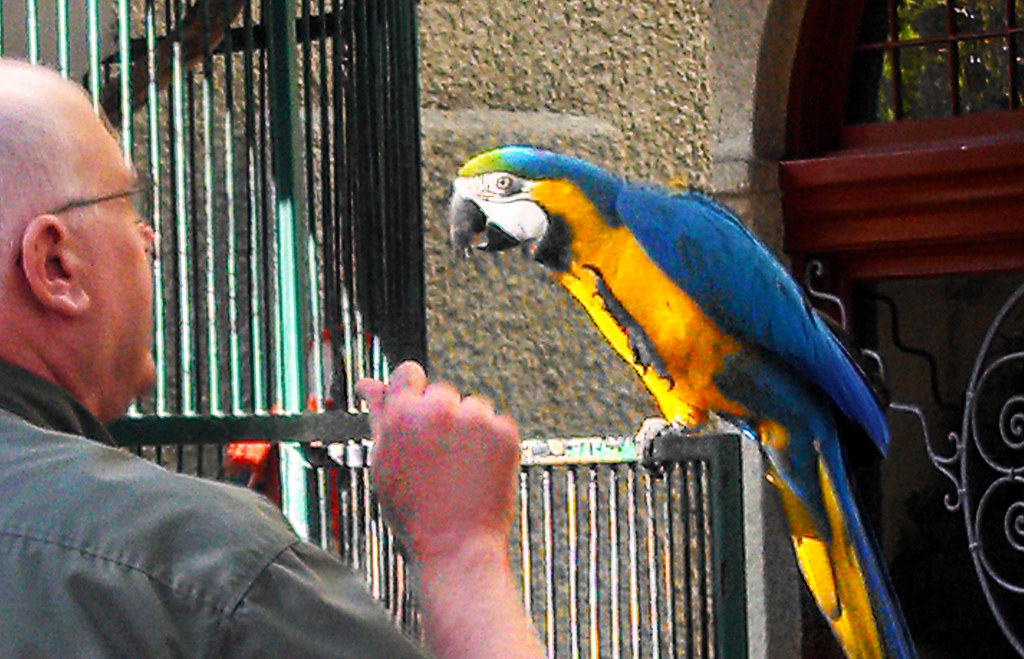
Establishing strong voice recognition with exotic pets involves consistent vocal conditioning that associates your unique speech patterns with positive experiences. Successful exotic pet owners often develop specific verbal cues or phrases used exclusively during feeding, handling, or enrichment activities, creating powerful auditory associations that trigger recognition and positive responses. For vocal species like parrots, maintaining conversational interactions helps strengthen neural pathways associated with your voice pattern, while even with less vocal animals like reptiles, speaking in consistent tones during handling sessions can create meaningful recognition patterns.
Professional animal trainers recommend using distinctive voice modulation when working with exotic pets—slightly higher pitches for positive reinforcement and deeper tones for boundaries—creating a recognizable “language” your pet associates specifically with you. This intentional vocal conditioning explains why many exotic pets respond more favorably to their primary caretakers than to strangers, even when the handling techniques are identical.
Cross-Species Variations in Recognition Capabilities

The capacity for voice and scent recognition varies dramatically across different exotic pet species, reflecting their evolutionary adaptations and sensory specializations. Birds like African grey parrots and cockatoos demonstrate some of the most sophisticated voice recognition abilities, often distinguishing between dozens of human individuals and responding differently based on their relationship history with each person. Meanwhile, species like ball pythons rely almost exclusively on scent recognition, using their vomeronasal organs to create detailed “chemical profiles” of their handlers that allow for individual identification.
Semi-aquatic species like axolotls and certain turtle species display more limited recognition capabilities, primarily responding to feeding cues rather than forming strong individual attachments. These variations reflect not only different sensory adaptations but also the social structures of these animals in their natural environments—highly social species typically demonstrate more advanced individual recognition capabilities than naturally solitary animals.
The Neurological Basis of Recognition
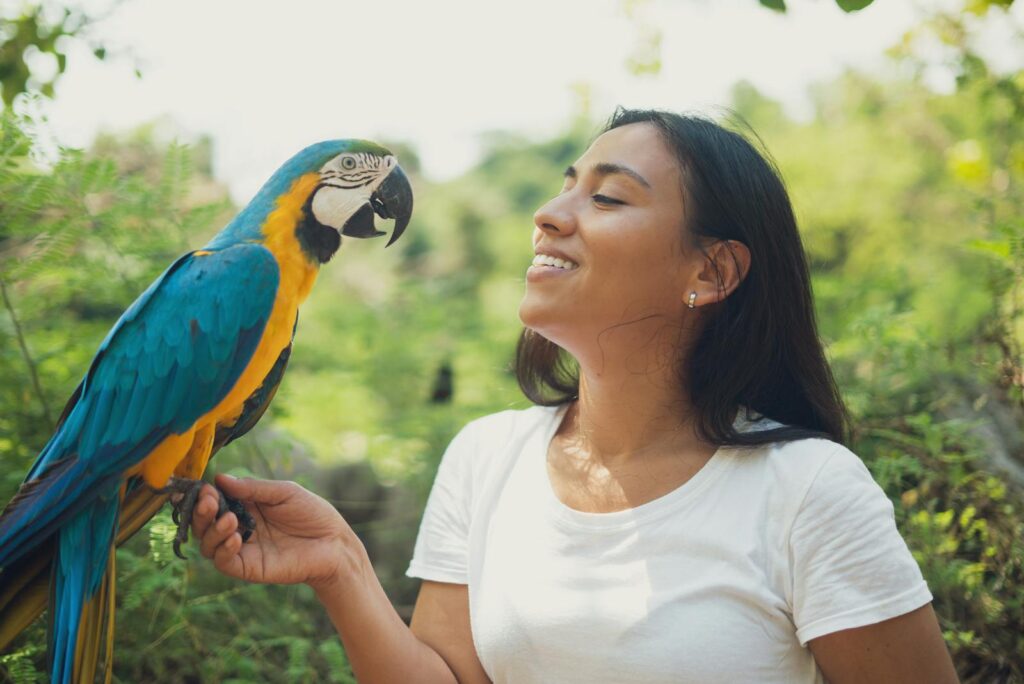
The neurological mechanisms behind voice and scent recognition in exotic pets involve sophisticated pathways that differ significantly from human recognition systems. In many exotic mammals, the olfactory bulb connects directly to the limbic system—the emotional center of the brain—allowing scent information to trigger immediate emotional responses without higher cognitive processing. This direct pathway explains why familiar scents can instantly calm stressed exotic pets even before they visually identify their caretaker.
Birds possess specialized nuclei in their forebrains dedicated to vocal processing, with neural densities for sound analysis that exceed those found in mammals of similar size. These specialized brain structures allow parrots to distinguish between voices that sound identical to human ears. In reptiles, the vomeronasal organ connects to ancient brain structures that process chemical information with remarkable precision, allowing them to create detailed “scent memories” that persist for months or even years after initial exposure.
Recognition Challenges with Stressed or Rehomed Exotics
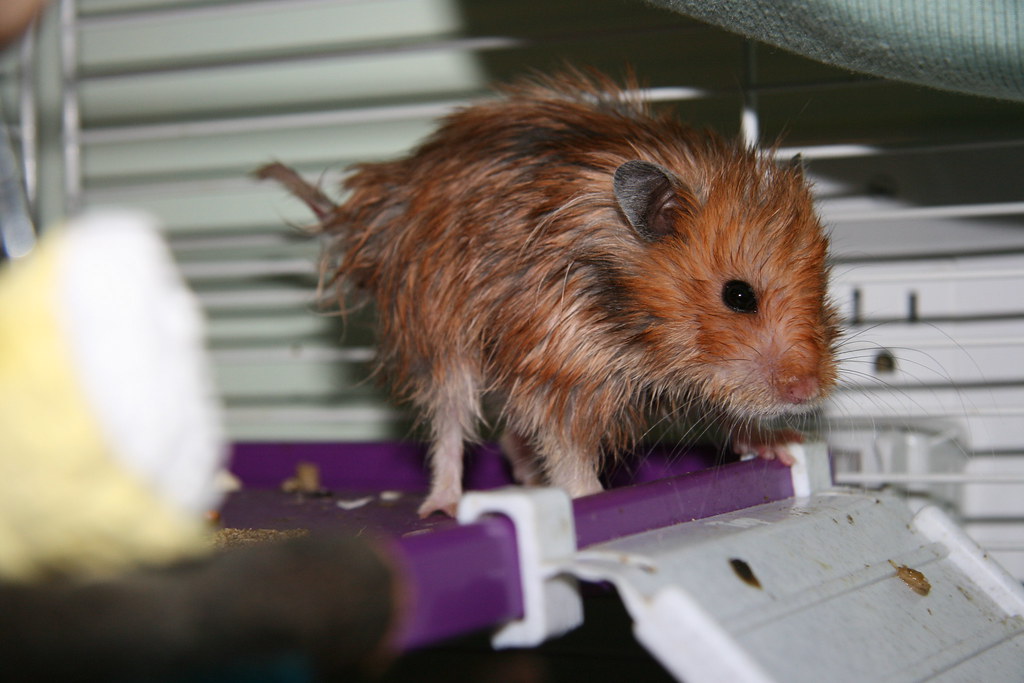
Exotic pets experiencing stress, illness, or environmental changes often display temporarily altered recognition responses that can confuse or concern their caretakers. During periods of acute stress, many species enter survival-focused mental states where recognition systems may be partially suppressed as the animal diverts energy to immediate threat assessment. This explains why normally responsive pets might fail to recognize familiar voices or scents during veterinary visits, after relocations, or following significant environmental changes.
For rehomed exotic animals, recognition patterns may take significantly longer to establish compared to animals raised from youth, as they must overcome previous associations and form new neural pathways connecting your voice and scent with safety and positive experiences. Rehabilitation specialists working with surrendered exotic pets often report that scent recognition typically develops before voice recognition, suggesting that scent-based bonding techniques should be prioritized during transition periods.
Practical Applications for Exotic Pet Owners
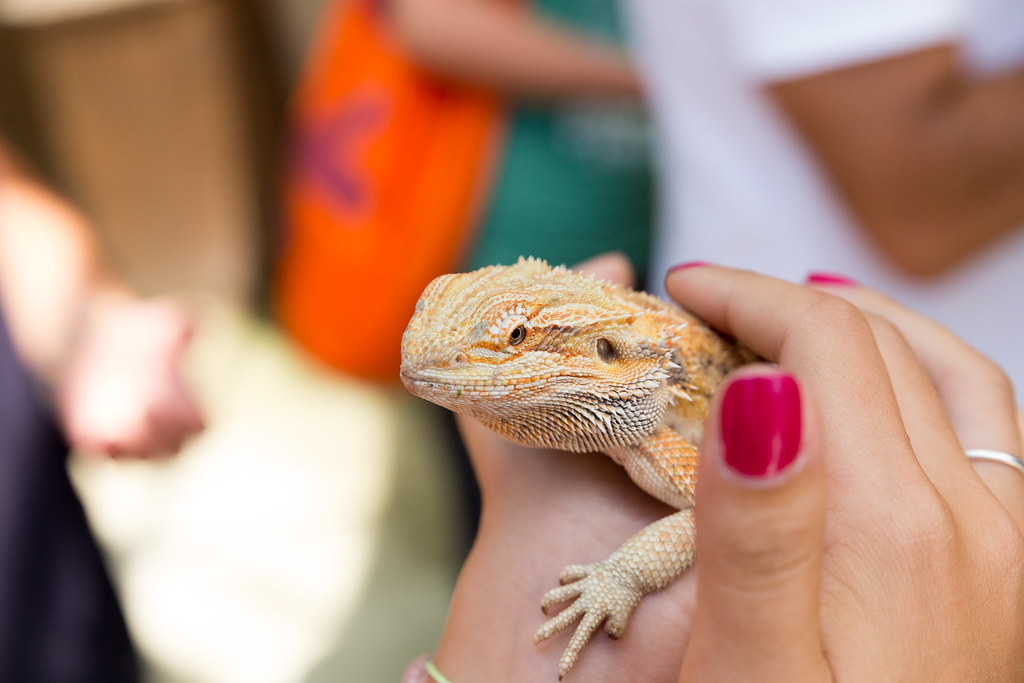
Understanding how your exotic pet recognizes you through voice and scent offers practical advantages that improve both care quality and the human-animal bond. For veterinary visits, bringing items carrying your scent or remaining present where your pet can hear your voice significantly reduces stress responses in most exotic species, improving examination quality and reducing recovery time. When introducing new caretakers during vacations or emergencies, having them use similar vocal patterns and handle scent-infused items can facilitate smoother transitions by leveraging established recognition pathways.
For enrichment activities, incorporating recordings of your voice into automated feeders or hiding items with your scent throughout enclosures provides cognitive stimulation that leverages natural recognition behaviors. Many successful breeders also use scent and voice familiarization techniques with offspring before placement, gradually introducing the scent and voice recordings of adoptive owners to facilitate easier transitions to new homes.
Ethical Considerations in Recognition-Based Bonding

While leveraging an exotic pet’s natural recognition systems can strengthen bonds, ethical considerations must guide these practices to avoid manipulation or dependency. Responsible exotic pet owners recognize that artificially intensifying attachment through excessive scent or voice exposure can create unhealthy attachment patterns that may manifest as stress when the owner is absent. Conservation specialists warn against techniques that might suppress natural behaviors in favor of human-focused recognition, potentially compromising the animal’s species-typical development and welfare.
Instead, ethical approaches involve balanced recognition-building that respects the animal’s natural sensory preferences while gradually developing mutual trust. This ethical framework explains why experienced exotic animal caretakers often recommend maintaining multiple handlers for most species, preventing the development of exclusive attachments that could create welfare issues during necessary separations. Ultimately, recognition-based bonding should enhance the animal’s quality of life rather than serving primarily human emotional needs.
The sophisticated systems through which exotic pets recognize their caretakers through voice and scent reveal the complex and often underappreciated sensory worlds these animals inhabit. Far from being simple reactions, these recognition capabilities demonstrate remarkable neurological specialization that has evolved over millions of years. For exotic pet owners, understanding these recognition mechanisms offers pathways to deeper connections, reduced stress during necessary handling, and enhanced welfare through species-appropriate interaction. As we continue to study and appreciate the unique ways our exotic companions perceive and remember us, we gain not only practical benefits but also profound insights into the diverse ways consciousness and connection manifest across the animal kingdom.



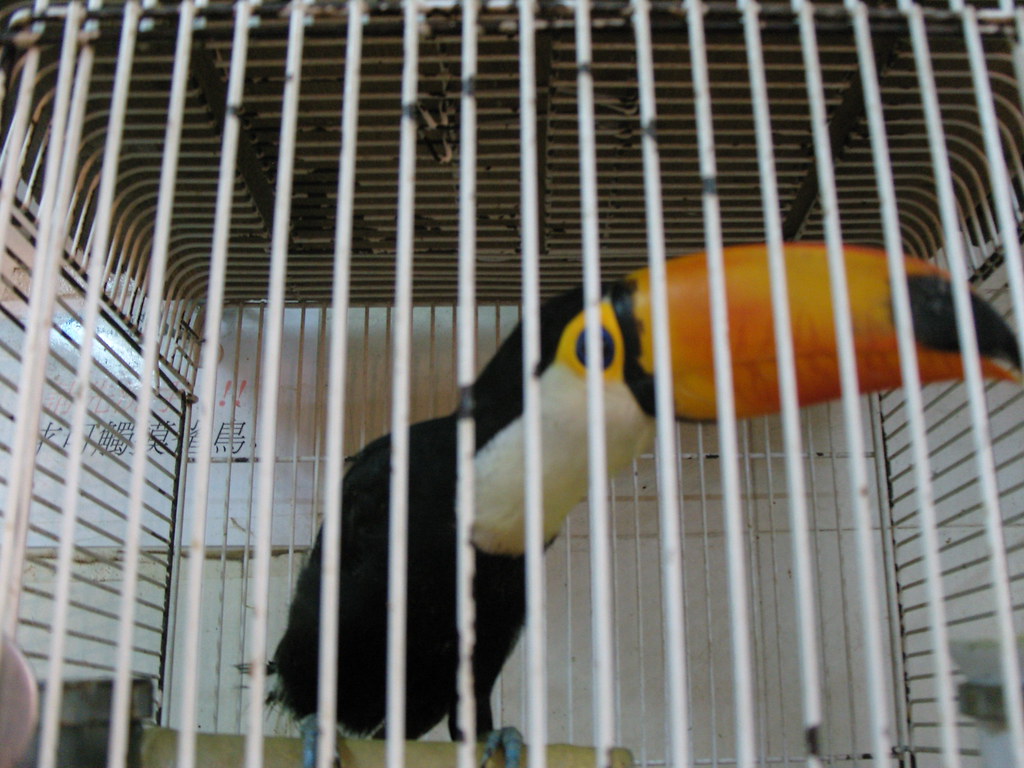
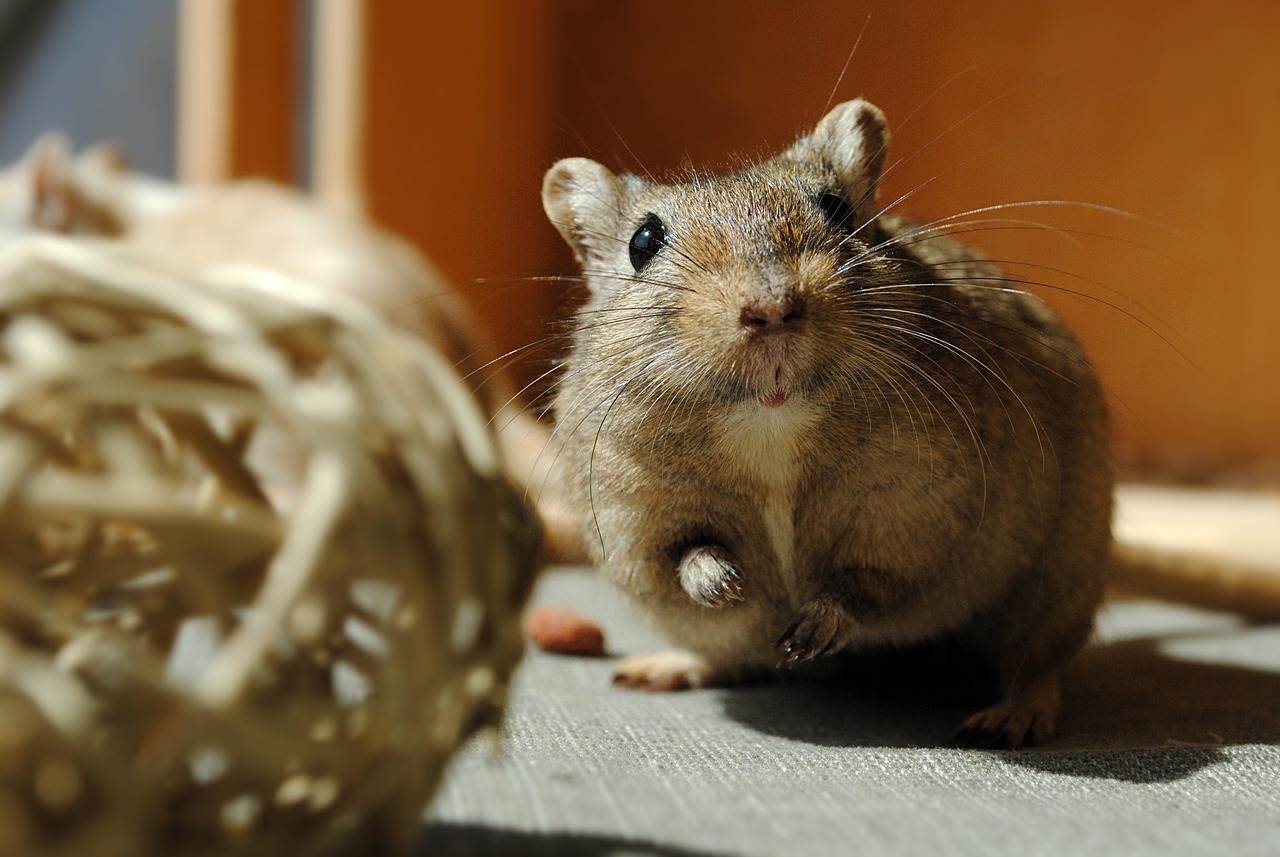
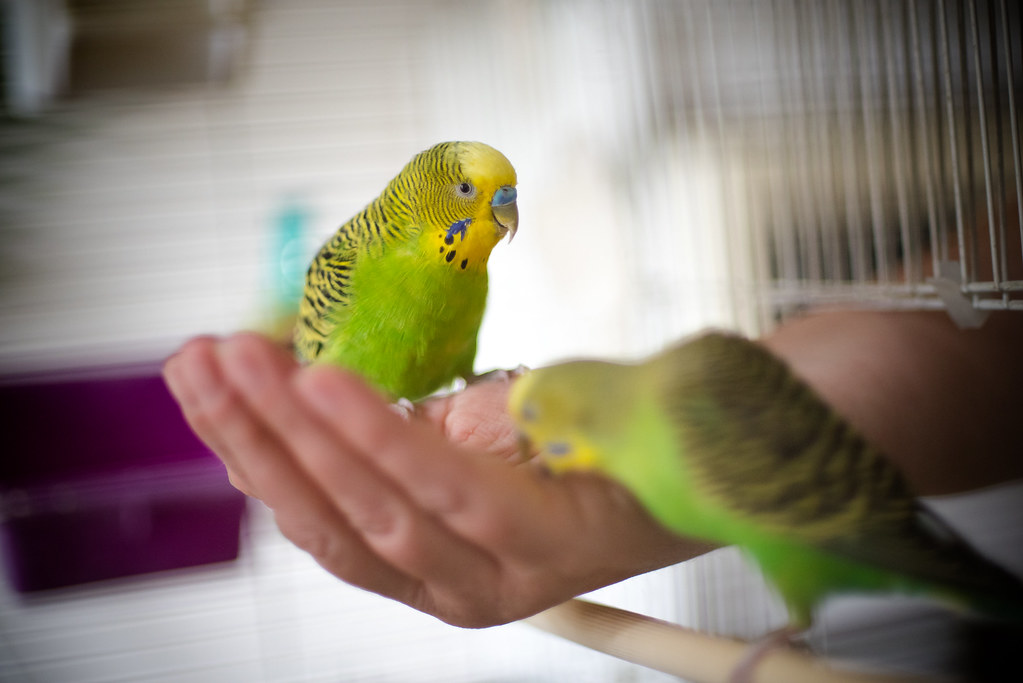
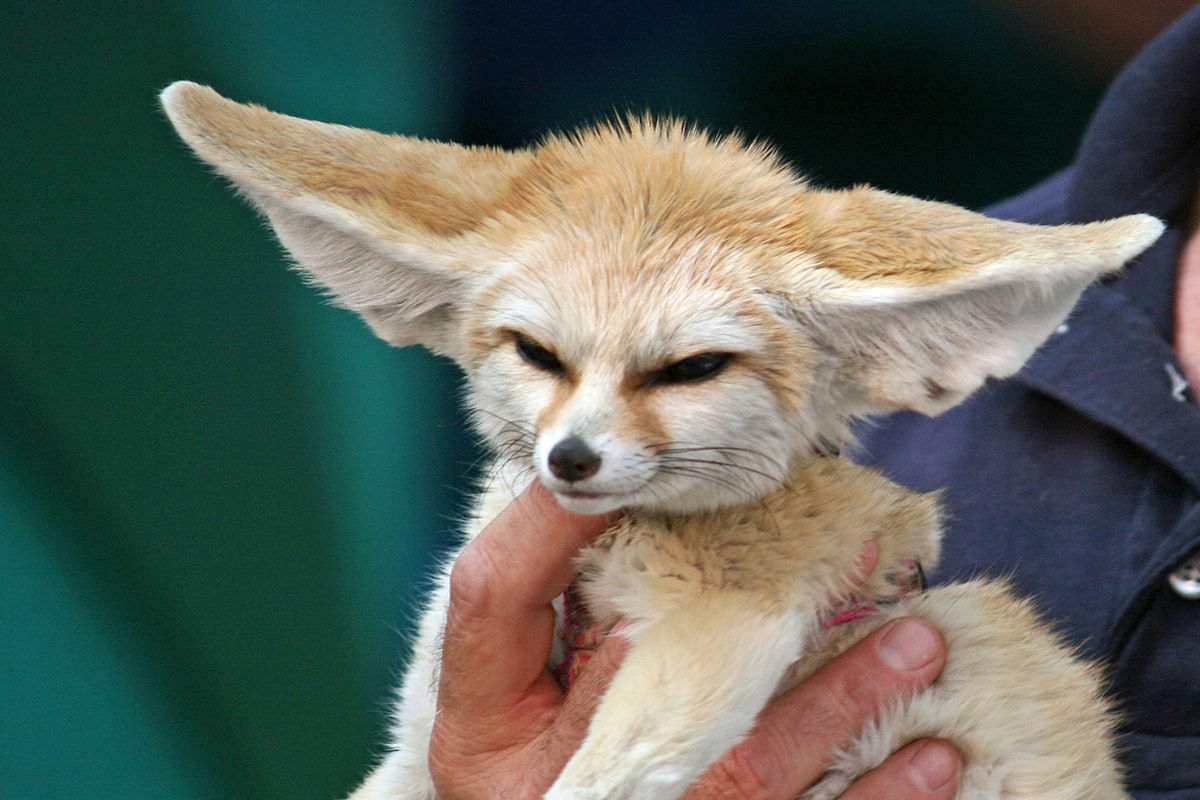

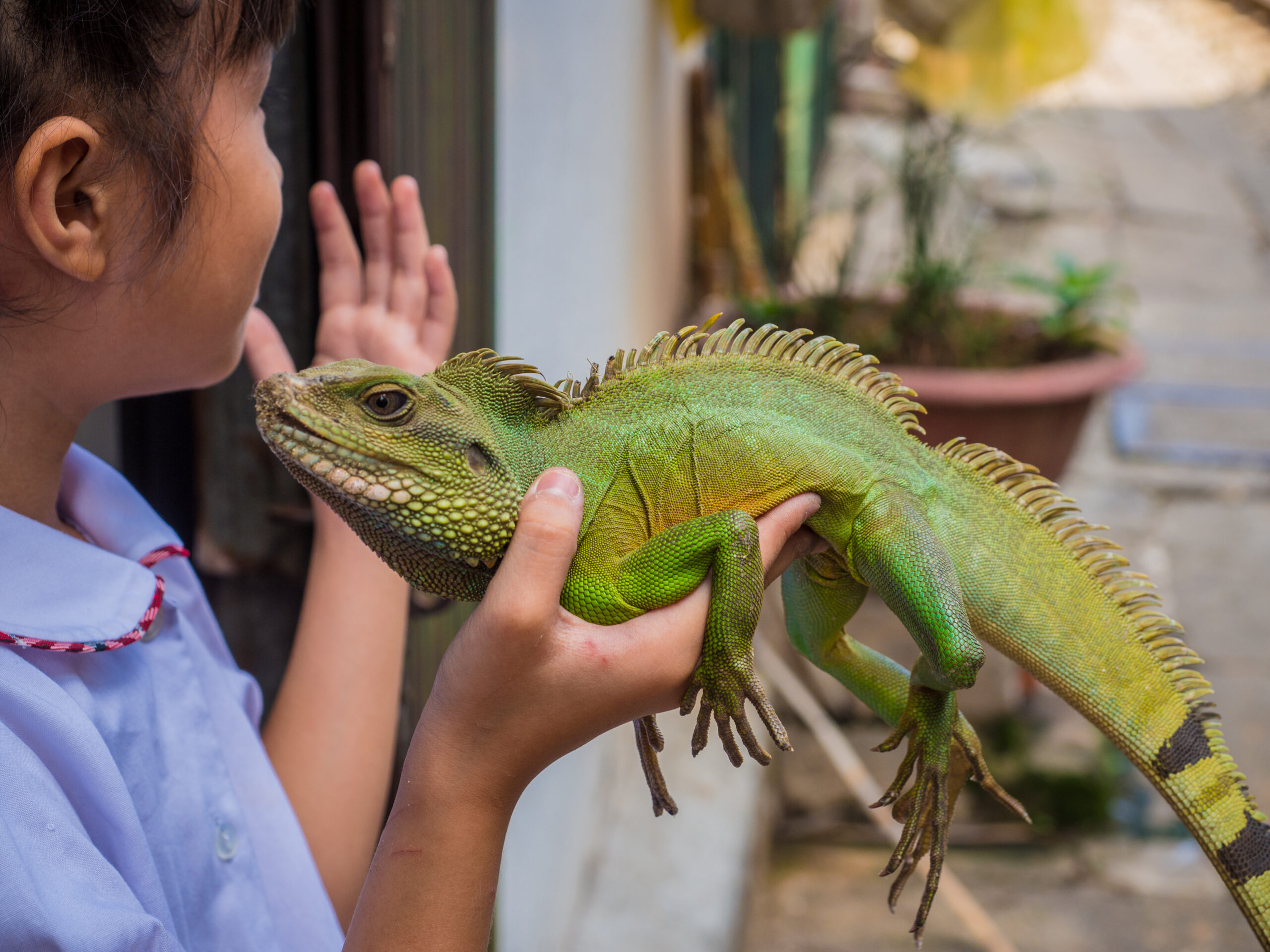
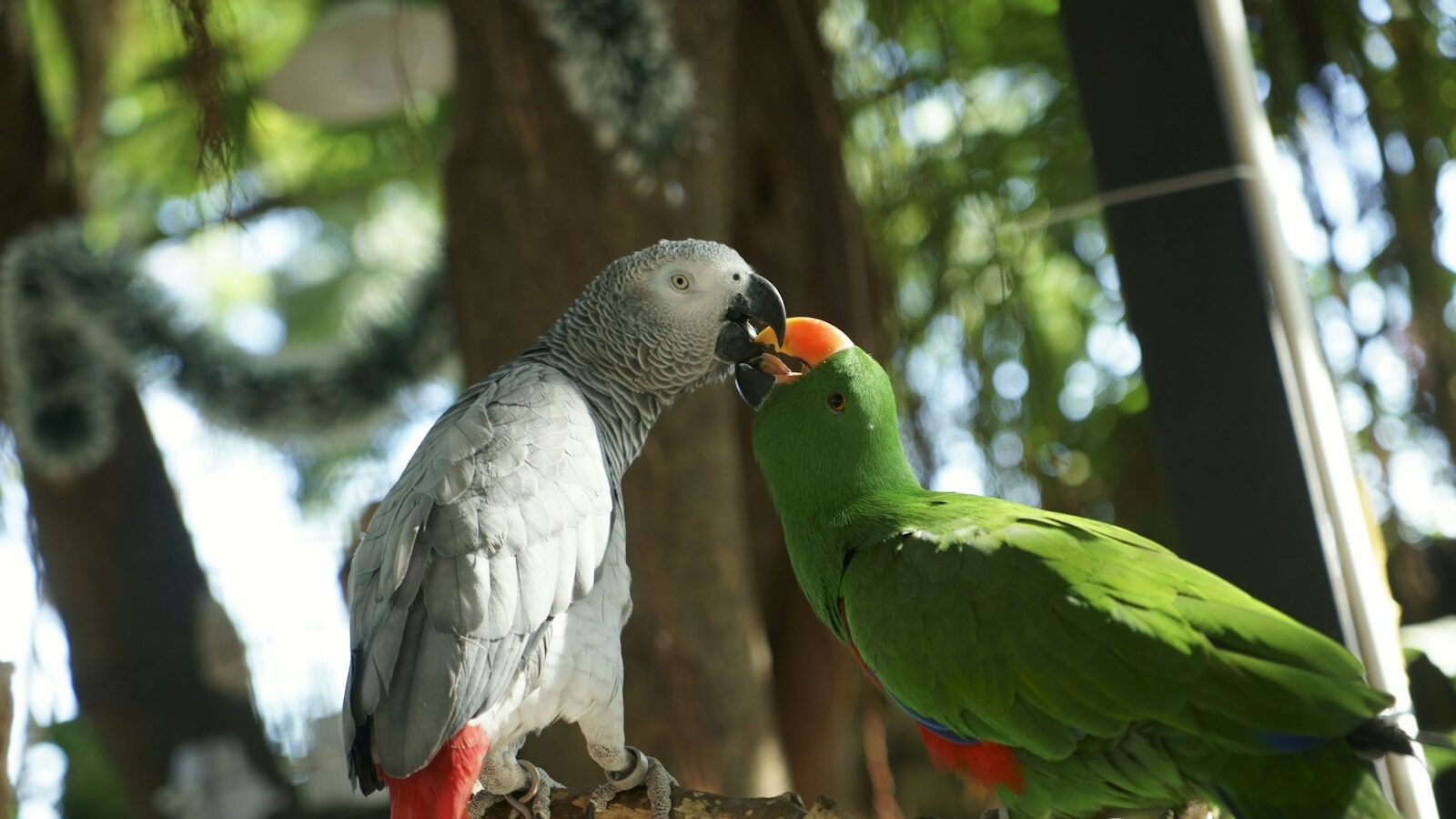
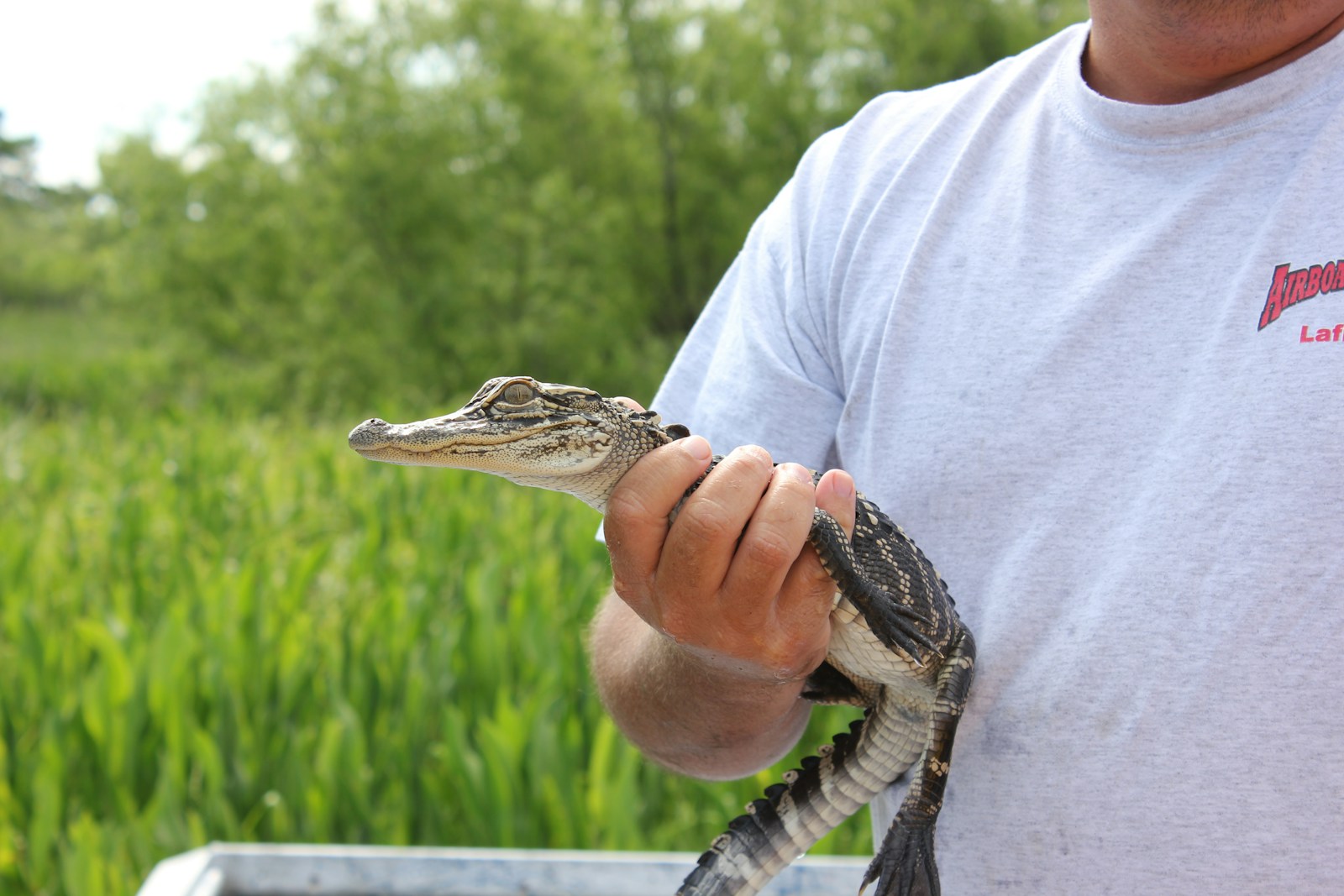



Leave a Reply